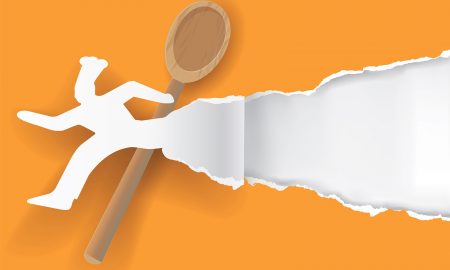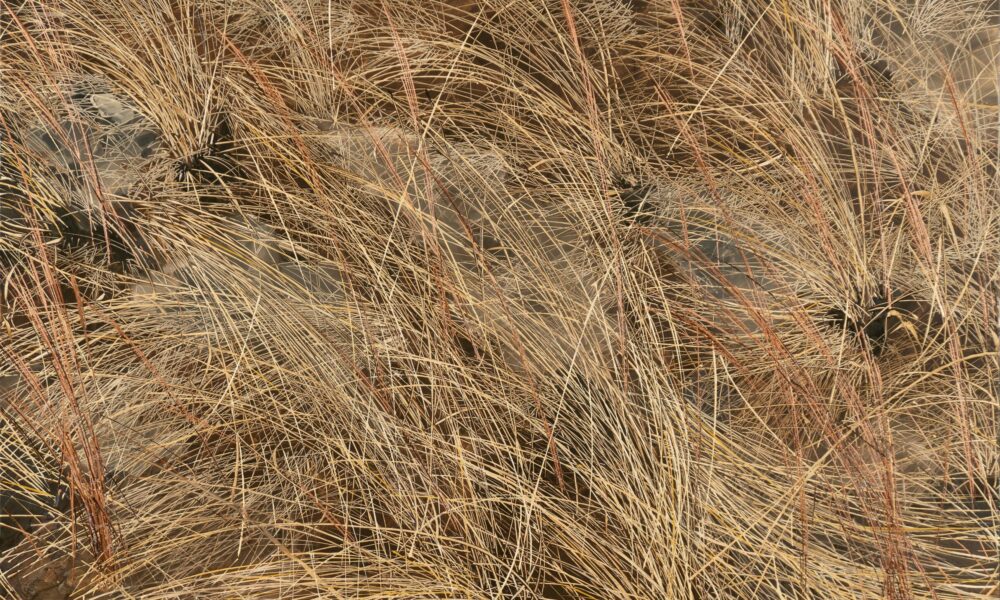

Today we’d like to introduce you to Curtis Anthony Bozif.
Hi Curtis, so excited to have you with us today. What can you tell us about your story?
I was born in 1982 in St. Louis, Missouri. After studying art at the St. Louis Community College at Florissant Valley for two years, I transferred to the Kansas City Art Institute, where I earned my BFA in Painting and Art History in 2006. That same year I moved to Chicago where, in 2008, I earned my MFA from the Department of Art Theory & Practice at Northwestern University. My work has been exhibited both nationally and internationally and is held in numerous private collections throughout the country.
Since 2008, I’ve worked as a Digitization Specialist in the Repository & Digital Curation Workgroup at the Northwestern University Libraries where I specialize in cultural heritage imaging and digital assets and project management with an emphasis on color management, image quality standards, analytics, and quality control. Aside from my art, I enjoy reading about nature, ecology, history, and art; hiking, backpacking, and camping; and listening to jazz and modern classical music. I live with my wife and keep a studio in the lakeside neighborhood of Rogers Park on Chicago’s far north side.
We all face challenges, but looking back, would you describe it as a relatively smooth road?
My biggest challenges have been time and space. A rigorous studio practice, at least for me, requires focus and discipline. The dominant culture wants us to be frivolous and superficial; we’re better consumers that way. With so many distractions vying for our attention, dedicating a few uninterrupted hours each day to making your art can be a real challenge.
I say space because I tend to make relatively large paintings. There was a time many years ago when all I could afford was to live in a very small studio apartment. I stopped making art entirely. Luckily, that period in my life didn’t last long. Today, I’m fortunate to have a dedicated studio. Like probably all artists, I wish I had more space, but I’m making it work.
As you know, we’re big fans of you and your work. For our readers who might not be as familiar, what can you tell them about what you do?
My art could be described as environmental, ecological, or as non-traditional landscape painting, processed-based, even pure abstraction. More specifically, my work is deeply informed by the Great Lakes. I have a number of ongoing series of paintings, each engaged with a different aspect of the region, from the Great Lakes themselves to the dune environments along their shores (prominent examples include Indiana Dunes National Park and Sleeping Bear Dunes National Lakeshore), to the invasive quagga and zebra mussels, the sand of their beaches, and most recently, the falls at Niagara.
While I employ languages of abstraction and minimalism in my paintings, my work is deeply rooted in observation. But I’m not interested in the picturesque; rather, I’m fascinated by textures, patterns, and the fractal geometry of nature. To this end, erosion and sedimentation, growth and decay—geological and biological processes that help shape what we call landscape—greatly inform my work. In these natural processes—of increase and decrease, of concentration and dissipation, of transformation by repeated addition and subtraction—I find an analogue to the act of painting itself and a metaphor for incomprehensibly vast time scales and ecologies.
Over the last few years, I’ve been embedding into the surface of my paintings certain objects that I find along the shores of the Great Lakes. These objects include sand, invasive quagga, and zebra mussel shells, and most importantly, plastic waste. By removing bits of plastic from the beaches and dune environments of the lakes and embedding these materials into the surface of my paintings, I’m trying to do a few different things. For one, I’m trying to emphasize the importance of reducing our use of plastics and eliminating entirely our use of single-use plastics. I’m also trying to interfere with the anthropocentric scales of time and space upon which most of the human species relates to the natural world. I’m also trying to disrupt a traditional mode of aestheticizing the environment, i.e., landscape painting, and perhaps most ambitious, challenge and scrutinize what it is we actually mean when we use the word nature.
What makes you happy?
What an interesting question. It’s one people don’t ask enough, I think. Being outdoors makes me happy. Being far away from cities and concrete and electronics and screens and things like computers and smartphones. Lake Michigan makes me happy. Reading also makes me happy. Learning new things. Thinking deeply about certain topics that fascinate me like ecology, history, and art. Contemplating different scales of time and space and how human beings relate to what, for lack of a better word, we call nature. Listening to jazz music makes me happy. Making a painting makes me happy. Just spending time with a painting. Relating to the painting. Not just looking at it but moving around it. Paying attention. The art of noticing. How a painting changes over time, how it looks different from different angles, in different light, and how it changes me. My friends make me happy. And, of course, my wife, Zoë, she makes me very happy.
Contact Info:
- Website: www.curtisanthonybozif.com
- Instagram: https://www.instagram.com/curtisanthonybozif/
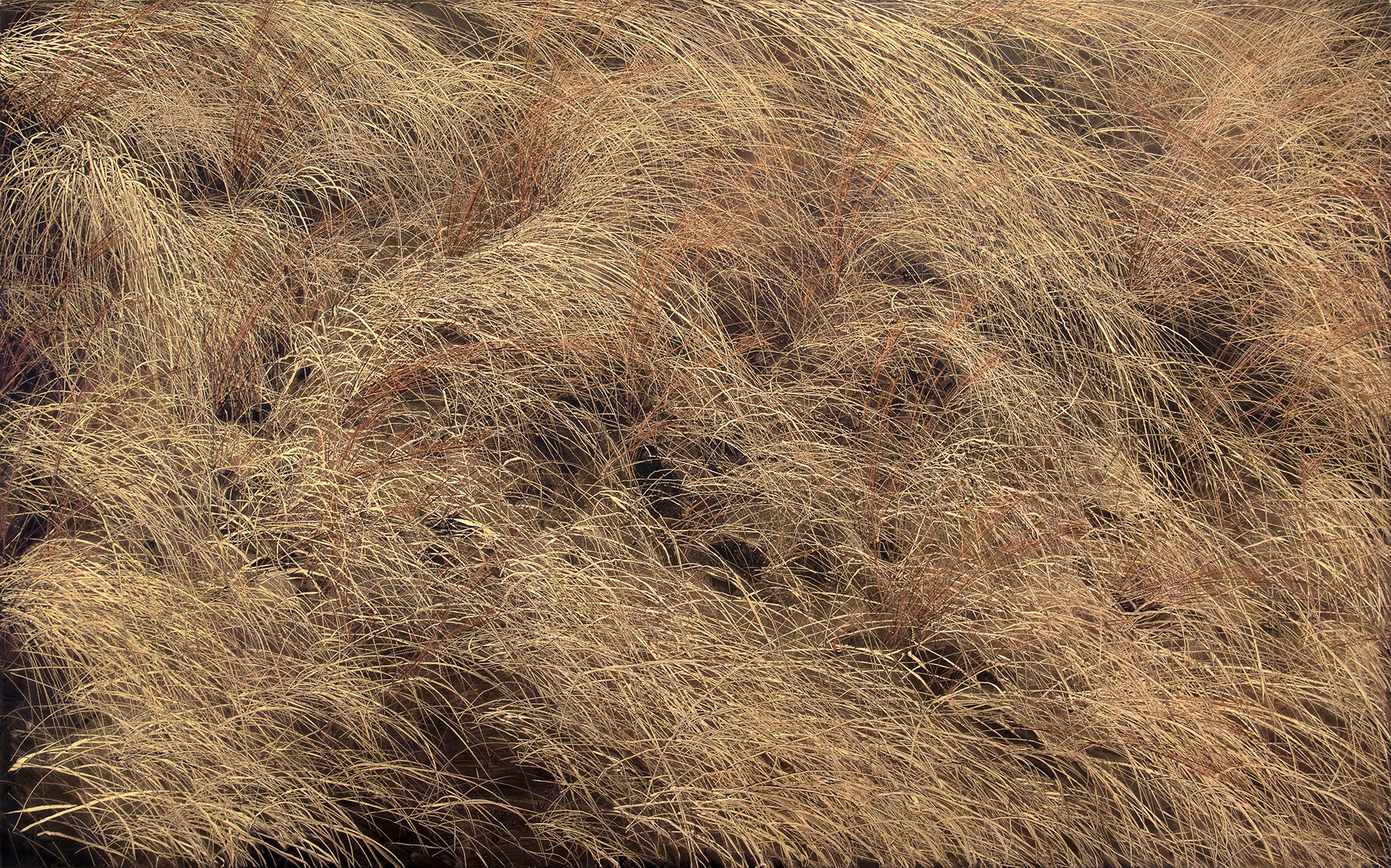
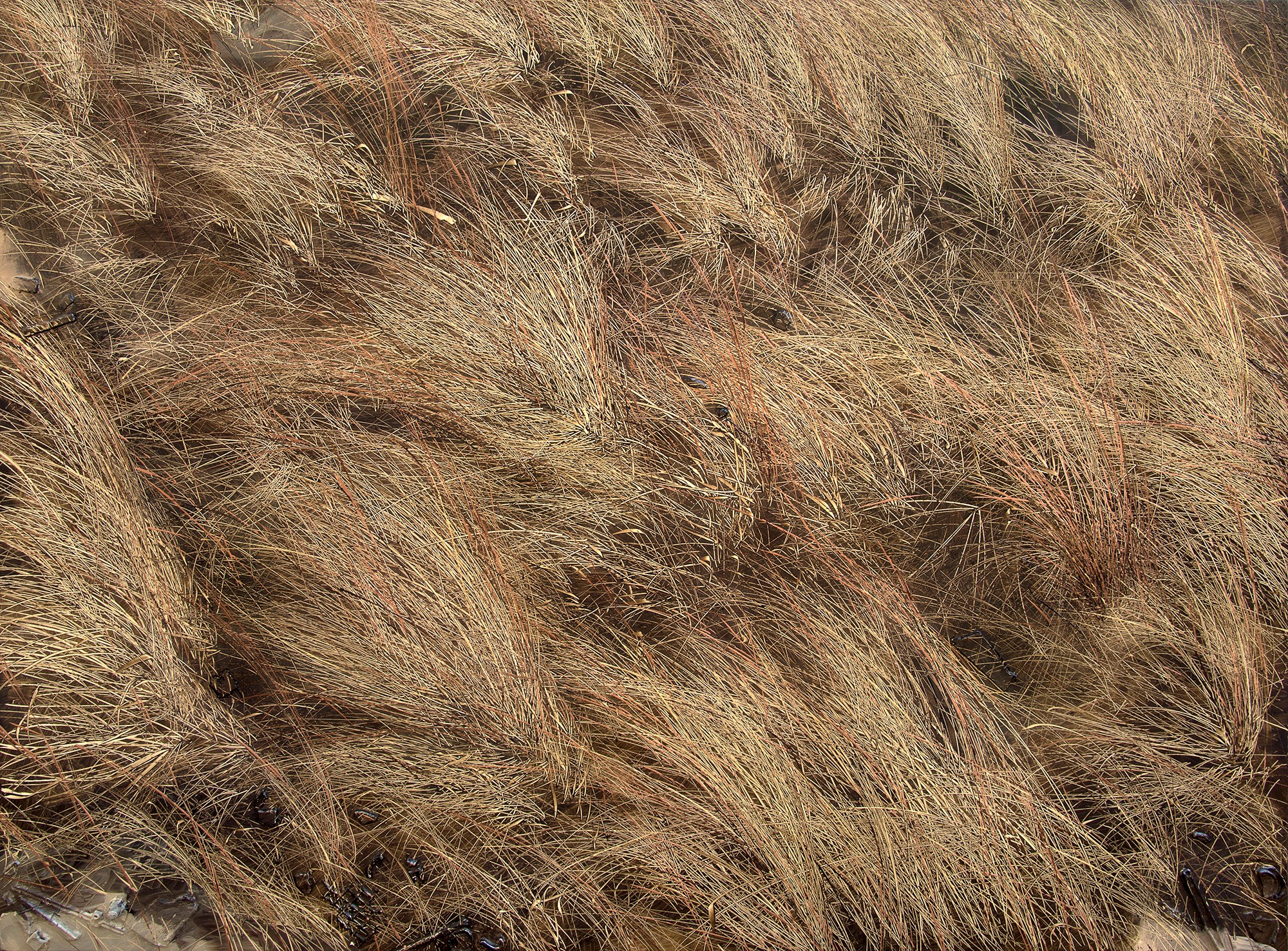
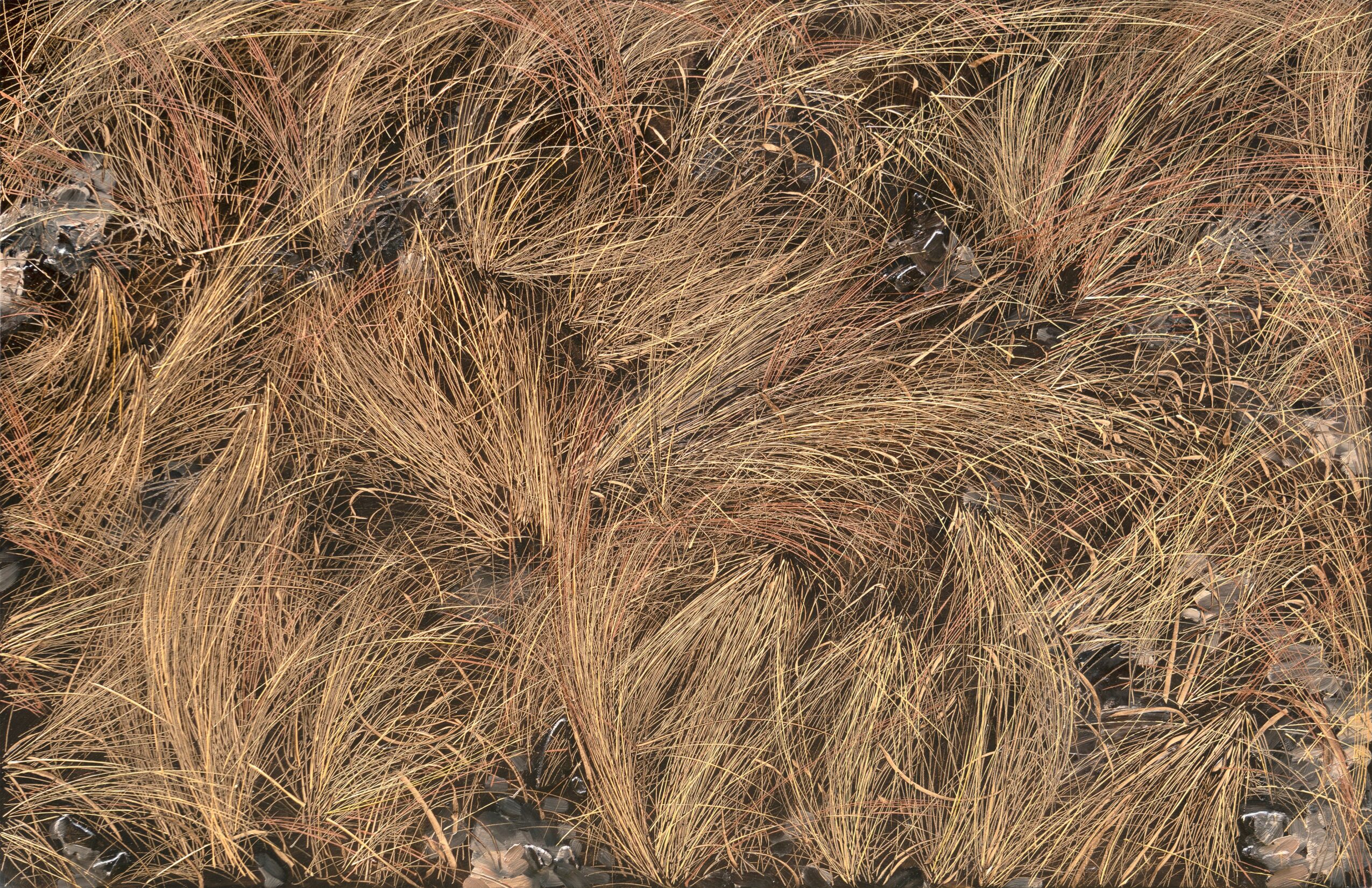

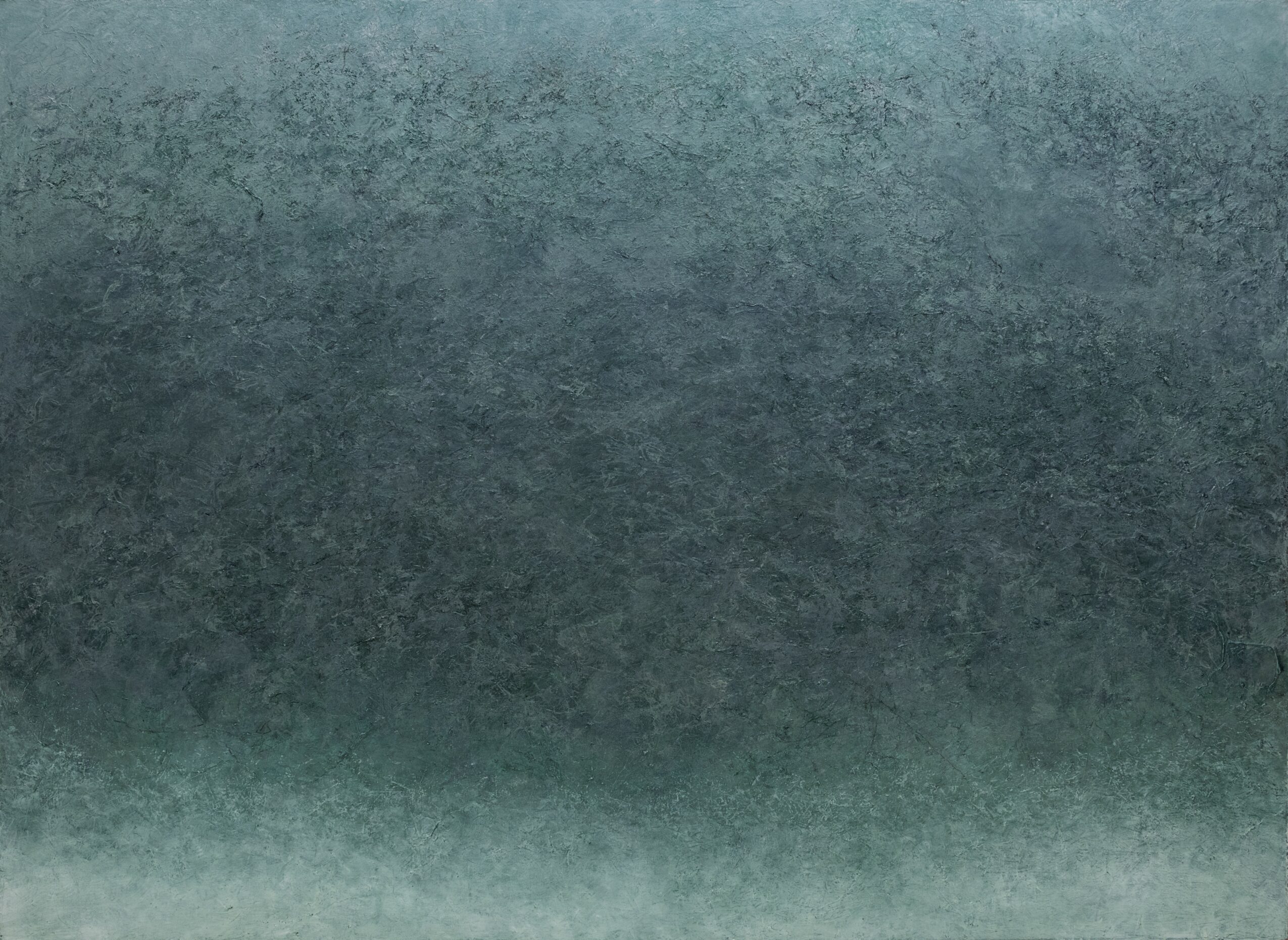
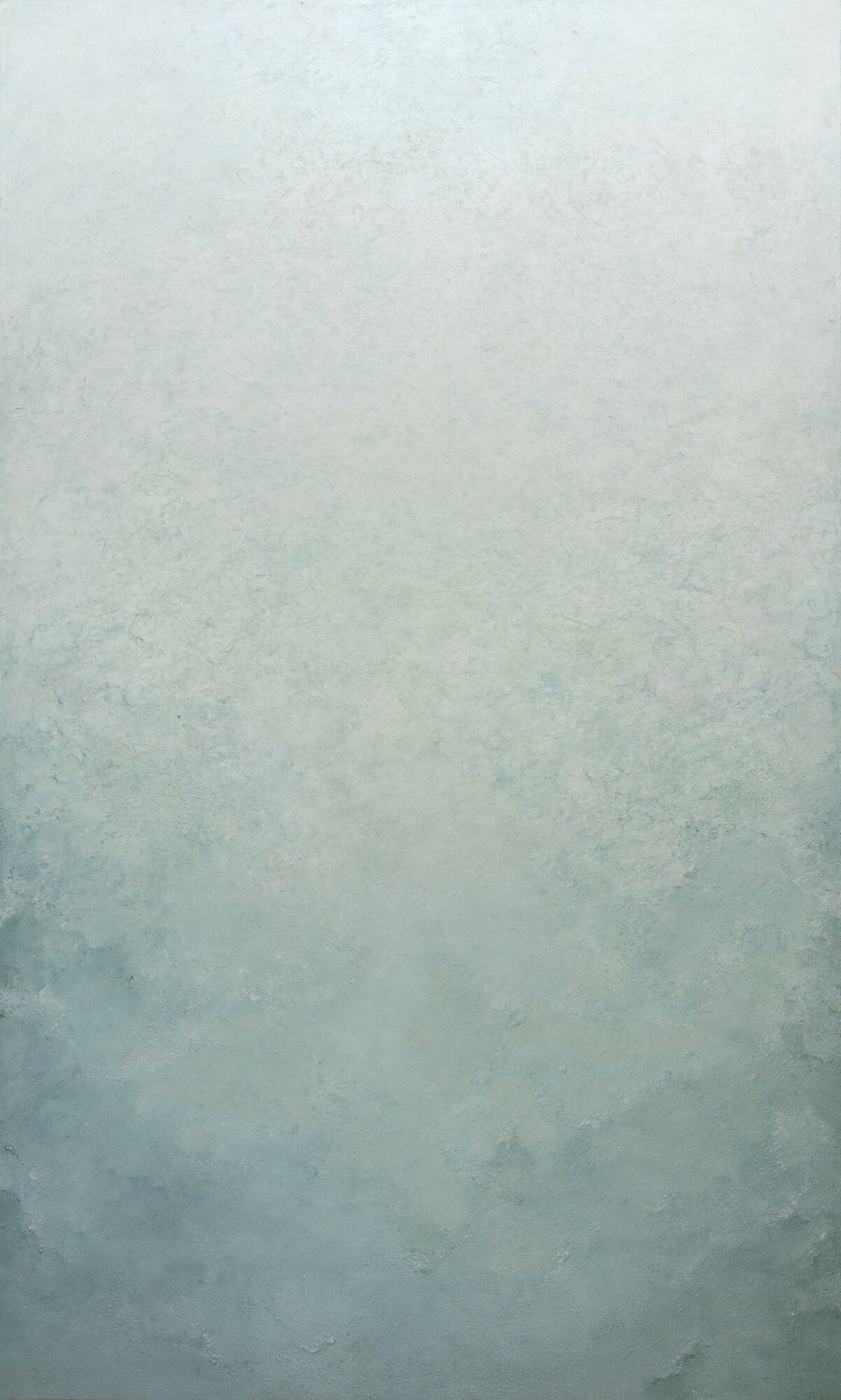
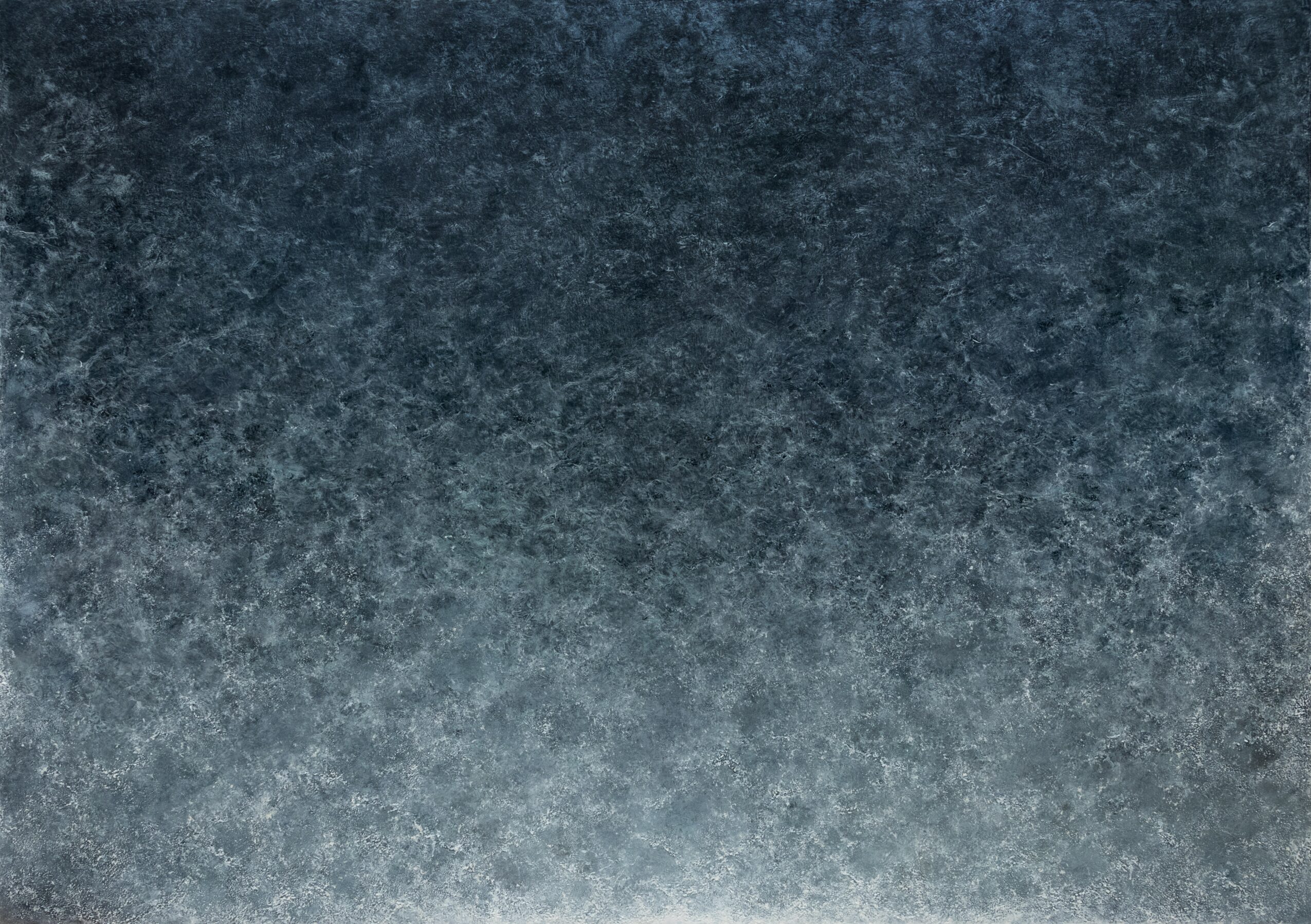

Image Credits
Curtis Anthony Bozif





